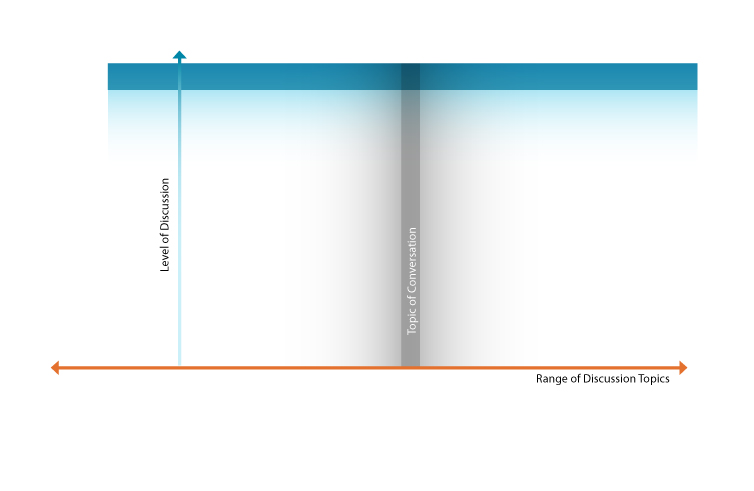
Some cultural differences are brought to you by geographic distances, but some derive their wonderful exotic qualities from temporal separation. The ads below are all American…just from a different America—America of yesteryore. Role of Women What wives are for? Make her happy this Christmas—make it a hoover! Blow smoke in her face, she’ll love it! Go ahead and cry for it… Housework makes wives cute! Housework makes wives healthy. Healthy Kids Beer for mommies and babies… Give that baby a cola! Give your children the benefit of TV. Healthy You! Give cocaine a chance… Doctors prefer Camels. For a slimmer, flatter, more sinuous you, go with tape worms!



